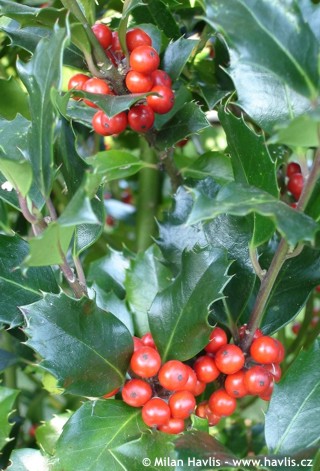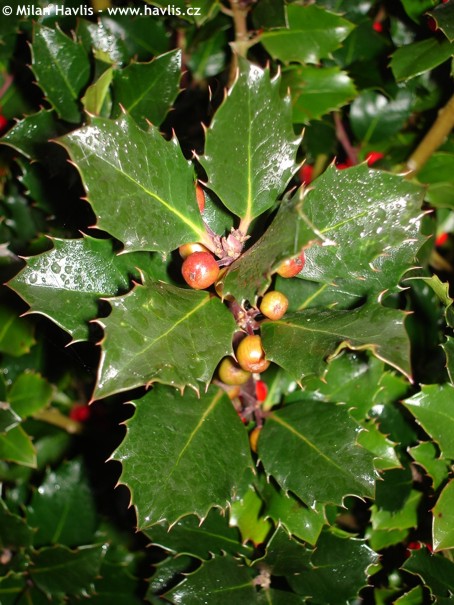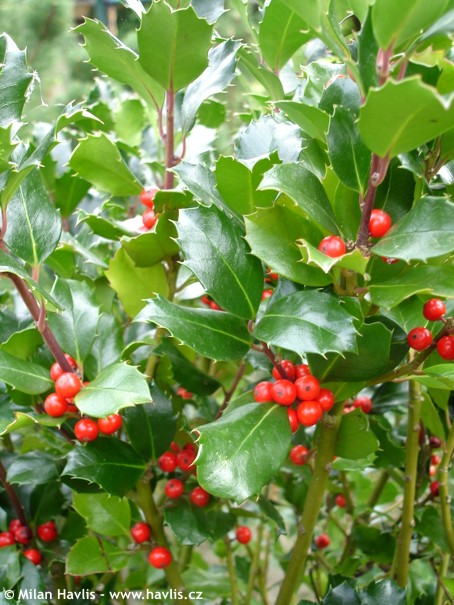Ilex x meserveae 'BLUE SEEDLING' blue holly
German town Wiesmoor gave birth to another beautiful blue holly called Blue Seedling. In the fields with Blue Prince and Blue Princess naturally occurred a selection having the best of both of those.
Leaves of this novelty are very glossy, deep green, medium sized, oval to rounded, with soft spines. Several years of cultivation proved very regular, upright and somewhat rounded growth. This variety is a female shrub producing attractive red berries in autumn given a male pollinator nearby.
Meserveae hollies are called “blue hollies” thanks to the shade of the species leaves that are dark green with bluish tint. And the name meserveae was chosen for its cultivator, Kathleen Meserve, who, literally on her windowsill, made a cross of ilex rugosa and ilex aquifolium in 1950´s to achieve excellent cold hardiness on a fabulously foliaged evergreen plant. She died in 1999 at the age of 93 but left behind an impressive line of these evergreen superbly hardy varieties.
Blue hollies need almost no maintenance if you provide them with slightly acidic soil at the beginning and enough moisture for the first couple of years to enable establishing extensive root system. They are beautiful and trouble-free dense shrubs with no defoliated twigs even without pruning. Young plants grow moderately fast until they reach about 1.5m when they slow down and begin forming a dense shrub.
Another huge advantage is its above mentioned hardiness. It can stand very low temperatures without any damage: it is supposed to survive -27°C (USDA zone 5).
Last update 06-11-2008






































